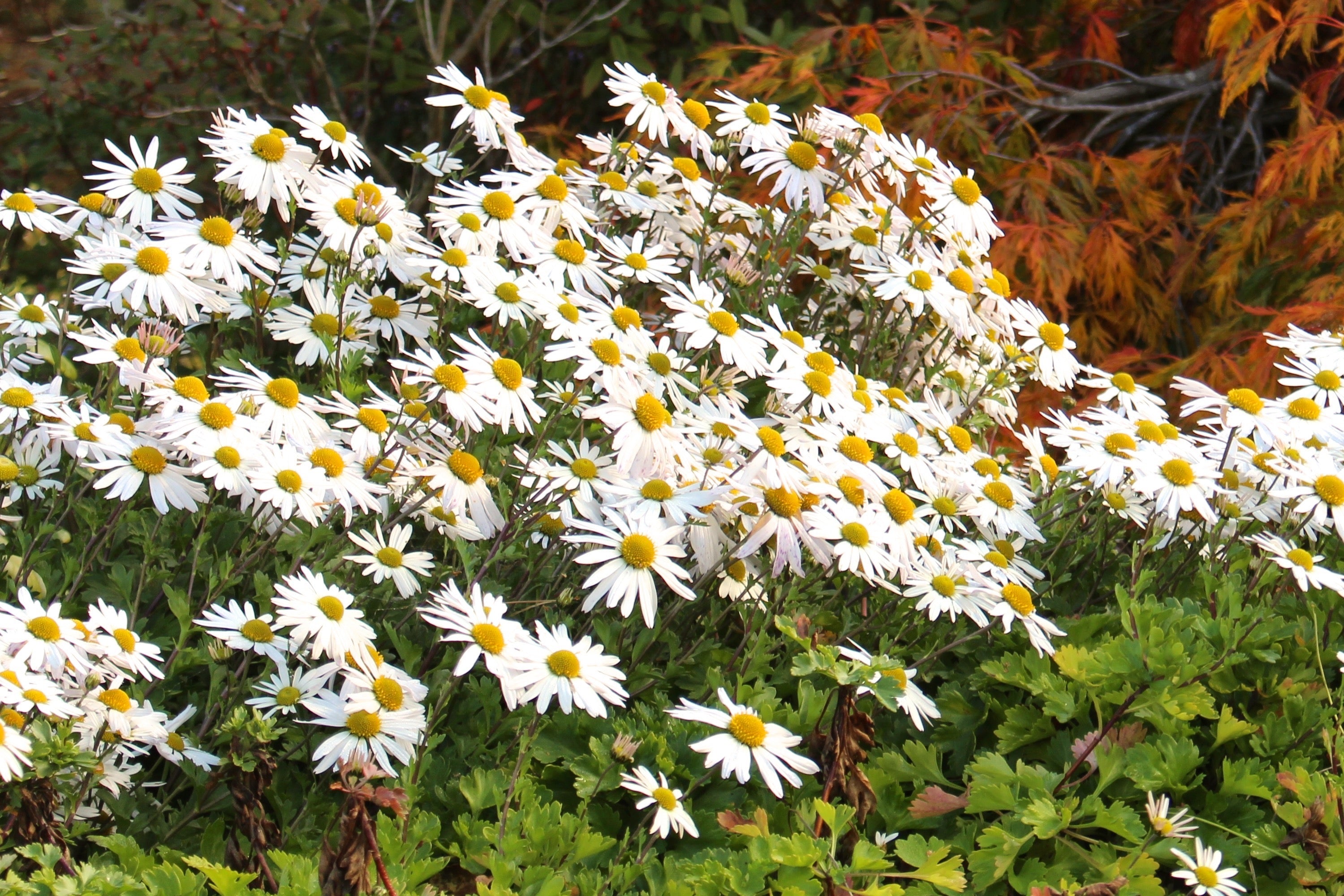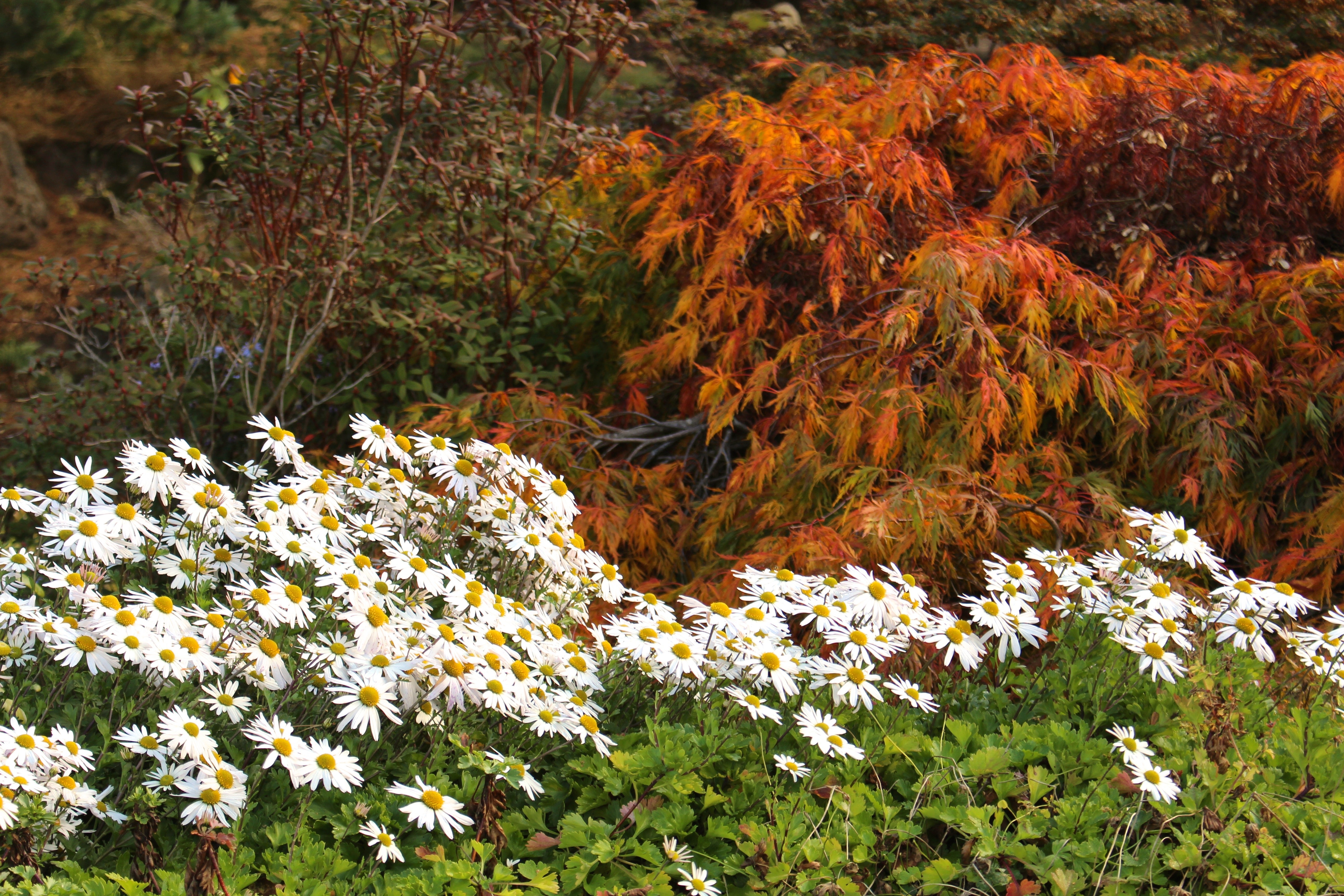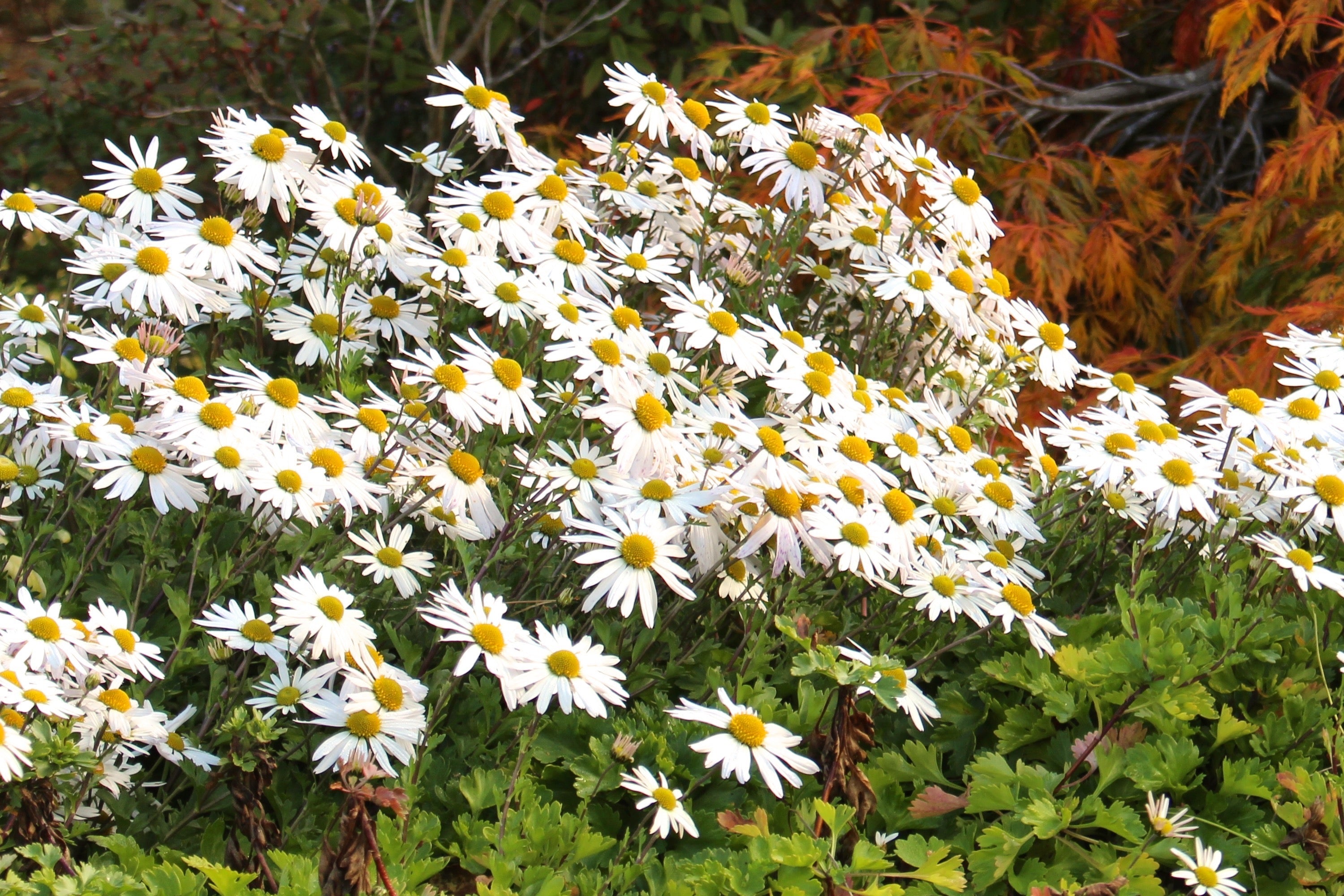Chrysanthemum zawadskii
Approx. 0.5 litre pot
About this cultivar:
Chrysanthemum zawadskii, commonly known as Zawadzki chrysanthemum, is a compact, clump-forming, herbaceous perennial that typically grows from woody purplish creeping rhizomes to 12-18”. It is native to a variety of habitats including alpine slopes, streambanks, forest understories, grasslands, and open places from eastern Europe, to Siberia, Japan, Korea, and northern China. Species plants were hybridized with cultivars of C. x morifolium (Dendranthema x grandiflorum) to produce the frost-hardy Korean chrysanthemums. So the original hardy garden mum....
Specific epithet was named after Alexander Zawadzki (1798-1868), Polish-Hungarian botanist and naturalist, by Franz Herbich (1791-1865) who discovered this plant growing in the Pieniny Mountains (western Carpathians) in 1829 and subsequently first described it in 1831.
Note: Alot of these Chrysanthemum are listed as hardy to RHS zone 4. I actually suspect they are a lot hardier. A quick search will reveal people growing them in tough regions around the USA (Boston, Vermont etc)
- Position: Full sun, partial shade
- Soil: Almost any soil, grows well in Ballyrobert
- Flowers: September, October, November
- Other features: Grows well in Ballyrobert
- Hardiness: H4 - Hardy through most of the UK (-10 to -5°C), Fully hardy - grows well in Ballyrobert!
- Habit: Bushy, Clump forming
- Foliage: Deciduous
- Height: 30 - 60 cm (1 - 2 ft)
- Spread: 30 - 60 cm (1 - 2 ft)
- Time to full growth: 2 to 5 years
- Plant type: Herbaceous Perennial
- Colour: Red, pink, orange, yellow, green
-
Goes well with: Swathes. Try with Geranium.
About this genus:
Chrysanthemums, sometimes called mums or chrysanths, are flowering plants of the genus Chrysanthemum in the daisy family (Asteraceae). They are native to Asia and northeastern Europe. Most species originate from East Asia and the center of diversity is in China. There are about 40 valid species, however there are countless horticultural varieties and cultivars!
The genus name "chrysanthemum" is derived from the Greek words chrysos (gold) and anthemon (flower). The genus once included more species, but was split several decades ago into several genera, putting the economically important florist's chrysanthemums in the genus Dendranthema. The naming of the genera has been contentious, but a 1999 ruling of the International Botanical Congress( Bond Villains or what!?) changed the defining species of the genus to Chrysanthemum indicum, restoring the florist's chrysanthemums to the genus Chrysanthemum.
Chrysanthemums were first cultivated in China as a flowering herb as far back as the 15th century BC.Over 500 cultivars had been recorded by the year 1630! The Japanese Emperor adopted the flower as his official seal where the "Festival of Happiness" celebrates the flower.
Chrysanthemum prefers full sun but will tolerate part shade. Soil wise - anythign that isn't a pond or desert should be fine. When happy, chrysanthemum may spread via rhizomes to form a large patch. The beautiful flowers are bee and butterfly magnets.
Chrysanthemum plants look great in pots, in a formal or informal perennial border, on slopes, or massed together as a groundcover. Their tight formal habit means that chrysanthemum pairs well with clump-forming ornamental grasses, and other plants with a similar habit. I like them with Geranium or in large patches by themselves. Few plants are capable of flowering so well in the second half of October and often into November.








